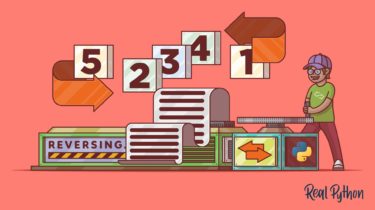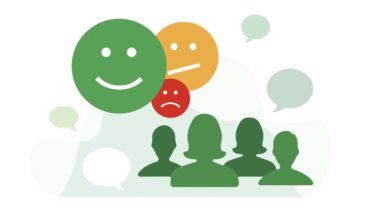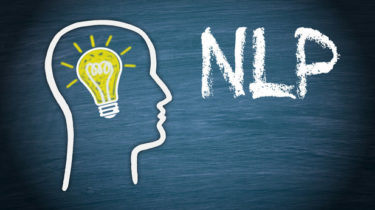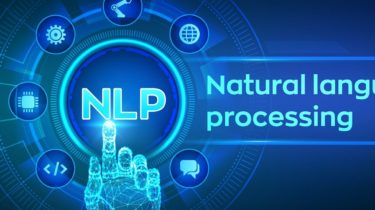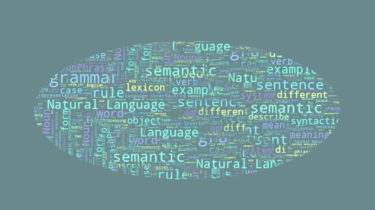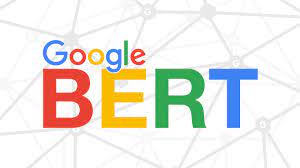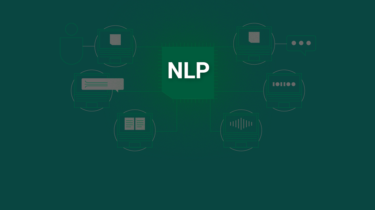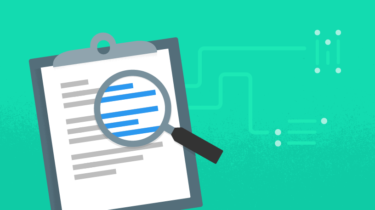Automated Spam E-mail Detection Model(Using common NLP tasks)
Hope you all are doing Good !!! Welcome to my blog! Today we are going to understand about basics of NLP with the help of the Email Spam Detection dataset. We see some common NLP tasks that one can perform easily and how one can complete an end-to-end project. Whether you know NLP or not, this guide should help you as a ready reference. For the dataset used click on the above link or here. Let’s get started, Natural Language […]
Read more
